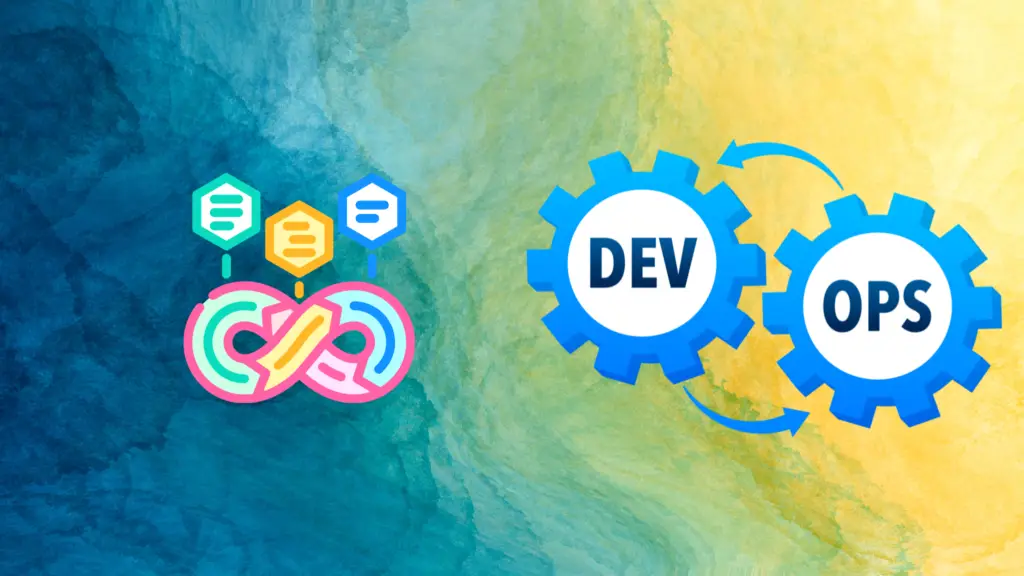Site Reliability Engineering (SRE) and DevOps both aim to accelerate product releases and enhance product reliability. The primary distinction lies in their focus: SRE emphasizes delivery and the stability of the production environment, whereas DevOps concentrates on the entire application lifecycle.
However, businesses do not need to choose between SRE and DevOps; these methodologies can complement each other. Companies utilizing both approaches can ensure that specialized areas, such as security, adhere to industry standards while maintaining a comprehensive approach to application development and operations.
This guide will examine the key differences between SRE and DevOps and explore how businesses can leverage both for optimal performance.
SRE is accountable for ensuring overall operational resilience, aiming to maintain continuous functionality of business systems through a systematic approach to delivering products and services.
Success in SRE is measured using service-level indicators (SLIs), which track error rates against expected outcomes. SRE team members often fulfill both system administrator and developer roles, allowing for efficient incident management in the production environment. This approach facilitates data-driven decisions that enhance overall reliability.

